But for me, Paris is a metropolis full of quiet places, too, grassy lawns and
welcoming spaces that provide a sympathetic alternative to urban lifestyle.
In a city celebrated for its careful arrangement of beautiful streets and harmonious
dwellings, isn't it nice to discover a surprising oasis of cool and calming green?
You can take a few minutes to gather your thoughts, check your map or,
better yet, not think about what's around the next bend.
I once read that Paris boasts well over 400 different parks, squares and
small green spaces -- open stretches of green, some large but many small,
including gardens where Parisians and tourists alike can rest their weary bodies and souls.
I love these little revelations.
Even when these small bites of local color are filled to the gills with people,
it often feels like a secret landmark, my own personal souvenir of Paris.
Oh sure, Paris can crow about more than a dozen famous parks,
all of them memorable for different reasons -- from the elegant Luxembourg and
Monceau to the sweeping vistas of Montsouris and the Bois de Boulogne --
you'll find all the right trappings we've come to expect in majestic Paris.
You might prefer a more casual and hip Parc de Belleville or Buttes Chaumont,
each with their own special brand of cool.
And of course, there are specialty parks as well.
If you want a dose of roses, look no further than the Parc de Bagatelle.
If you desire a more contemporary feel, check out Andre Citroen or Villette.
The list goes on.....too many to name, we can sing the praises of all of them.
But that's not what I'm here today to talk about.
Today's feature are those out of the way little spots,
the happy surprises that appear out of nowhere.
I always seem to find one just when I need a break -- my feet hurt or I need to sit
and eat something I've just picked up at the patisserie -- or I just want to gaze
at something green and growing while I count my Paris blessings.
If the legend of 400+ park-like places is true, then I hope one day to find them
all --- unexpected, enchanting little tastes of the real Paris.
Is the space in the picture above just a pretty part of an apartment complex?
Or is it a defined city property?
Wandering around the 18th away from the touristy part of Montmartre, I felt
a little disoriented once I stepped out of the much traveled streets that surround the butte.
As I wandered down rue Ordener (or so I think, I was lost), I happened upon
a pretty space surrounded by lovely trees and charming foliage -- including what
looked like the beginnings of a vegetable garden -- and, as always,
welcoming benches much peopled by locals.
Within minutes after joining the natives, my composure returned and I felt
revived enough to return to my wanderings.
That's what these small pleasure gardens do.
Parisians are lucky -- and smart -- to attach such importance to them.
One particular neighborhood that brims head to toe with such budding bounty is
The Marais, dead center in the middle of the capitol, its medieval streets
untouched by Baron Haussmann's quest for homogeneous perfection.
The grandeur comes not from coherently straight, majestic streets and monuments.
Here, Paris uniformity is replaced by quiet pieces of leafy parks,
tidy and tiny, each one more beautiful than the last.
My favorite little Marais park is the Square Georges Cain.
I could sit on the same bench for a year and be forever content.
It's not the prettiest or the most exciting -- it just sort of defines Paris for me.
Children quietly playing, mamas taking a time out to breathe in some fresh air,
and folks like me who can't believe such a space exists in the
middle of a very busy world capitol.
The Marais boasts, of course, the justifiably famous Place des Vosges,
the perfect legacy that King Henri IV constructed in the 1600's,
often called the most beautiful square in Paris.
But beyond that, this neighborhood lays claim to the Jardin Anne Frank,
the Jardin du Clos des Blancs Manteaux, the gardens of the Musee Carnavalet
and the Archives Nationales. And that's just the short list.
The Hotel de Sens, the Square du Temple.....well, that's enough for one
day -- especially when you consider
The Marais only covers two of the twenty
arrondissements in Paris.
Many guidebooks recommend an (1!) afternoon walking
The Marais on their whirlwind tours of Paris.
That's so sad.
I've been walking the streets here for half a lifetime -- and I always discover
something new, starting with these little green spaces.
the acres of flowers and shrubs that make up Parc du Luxembourg in the 6th.
It's amazing that city planners would go to the effort and expense of creating
swaths of greenery when such a magnificent park is just blocks away.
Hidden corners that delight -- no museum pass required.
Some do belong to museums -- Musee Zadkine is directly across the street
from Luxembourg (the garden is free to anyone) -- and others belong to the Church --
Jardin Catherine Lebouré sprouts a brilliant plant kingdom -- and still others are
just in the middle of the district for no apparent reason at all -- Place Furstenberg
exists seemingly just to delight residents of the posh neighborhood.
The Jardin Marco Polo (part of Jardins de l'Observatoire) is tacked on to
the south end of Luxembourg Gardens -- as if you needed a reminder of
the birds and the bees and the calm that corrals an addicted tree-hugger like me.
But then that's Paris, that's what they do so well -- the pieces of love
that make our hearts ache to return again and again.
Yes, that's the reason these plant kingdoms exist.
Paris seems to understand the human condition, the frailty that
stems from city clutter and busy street chatter.
Whatever neighborhood you find yourself in, you barely have to open your eyes
to find a favorite refuge, an escape that's as special as any
of the dazzling monuments you'll find in the city.
The Jardin des Poètes is part of the
Jardins des Serres d'Auteuil -- a little poet's corner for lack of a better description.
Or how about the buildings in Paris that are covered in ivy and greenery,
capped off with fantastical roof-top gardens?
Yes, it's very apparent that Parisians love their green space.
Many of the universities have parks that boast public art and carefully tended gardens
to keep their young charges motivated to learn (and kiss).
The Promenade Plantée has justifiably gained prominence with travelers
but have you discovered the Jardins de Tino Rossi yet?
Seine-side, just a lovely nighttime stroll away from Notre Dame (on the other side of the river), you'll discover a mob of gyrating dancers to warm your heart and feed your soul.
Parc Georges Brassens isn't well known but it should be.
Or a try a quick side trip just outside the boundaries of Paris -- leading
you to the brilliant Jardin Albert Kahn in Boulogne-Billancourt and
a taste of English, French and Japanese style gardens.
Wherever you go, you'll find more park-like spaces in Paris than any other city in Europe.
If you have an opportunity to visit the Petit Palais, by all means, go to enjoy
the art-nouveau splendor of the building and its amazing collections -- but
don't forget to save enough time to savor its beautiful garden.
Square René Viviani is a place you'll practically bump into next time you stop
at Shakespeare & Company -- so open your eyes and look for
its claim to fame -- the oldest tree in Paris -- a locust planted in 1601.
Even Mr. Shakespeare would find inspiration in that.
This charming but humble vision is a neighborhood park -- and somehow
just what we need on a hot summer day.
The Square Maurice Gardette is another such invention, a spot to sit and
contemplate the universe -- or your next marvelous meal.
I think by now you get the picture.
Paris is a place full of hidden corners that delight all of your senses.
Trees, flowers, shrubs, benches that look like open books....
This is how you'll ripen your Paris experience.
A little tenderness never hurt anyone and that's exactly what we've
come to expect in these verdant petite pieces of heaven.
A genie in a bottle, a one-key-recovery-button, a prize winning lottery ticket --- that's
how good an hour feels in one of these special Paris places.
Pack your bags and get ready to stay awhile!
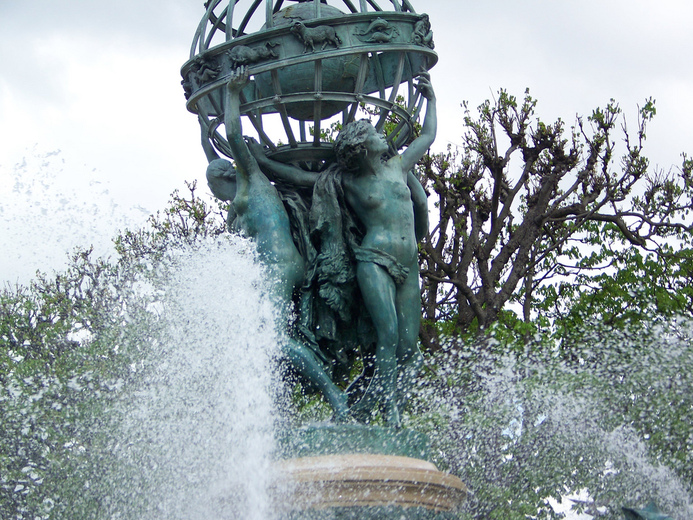
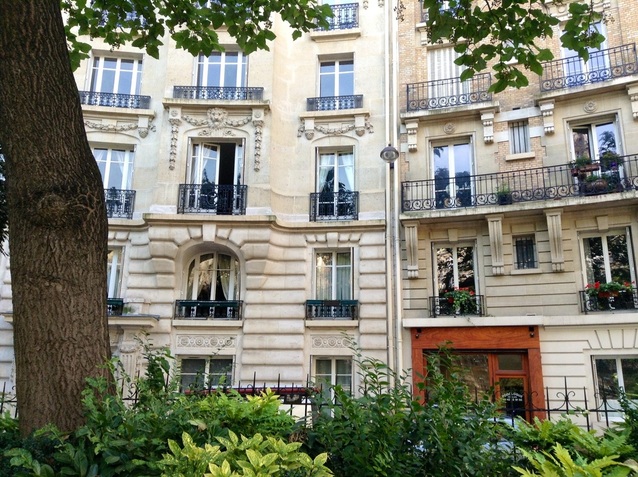
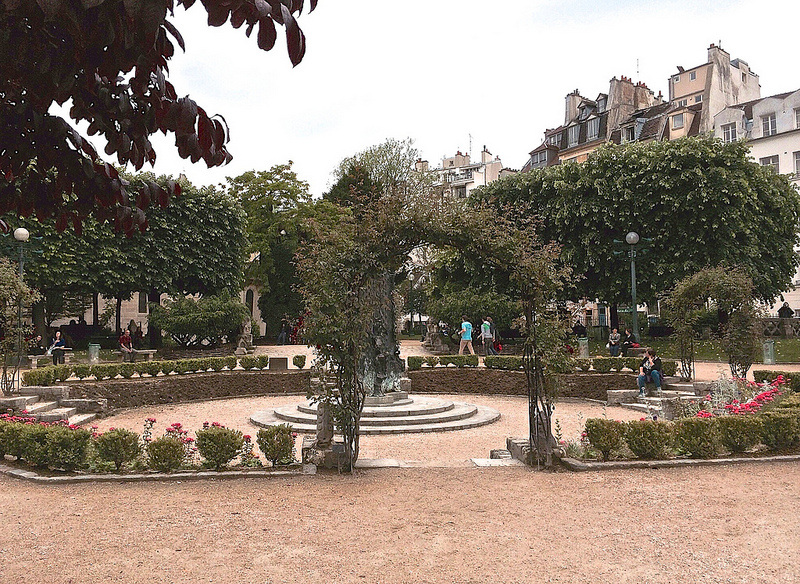
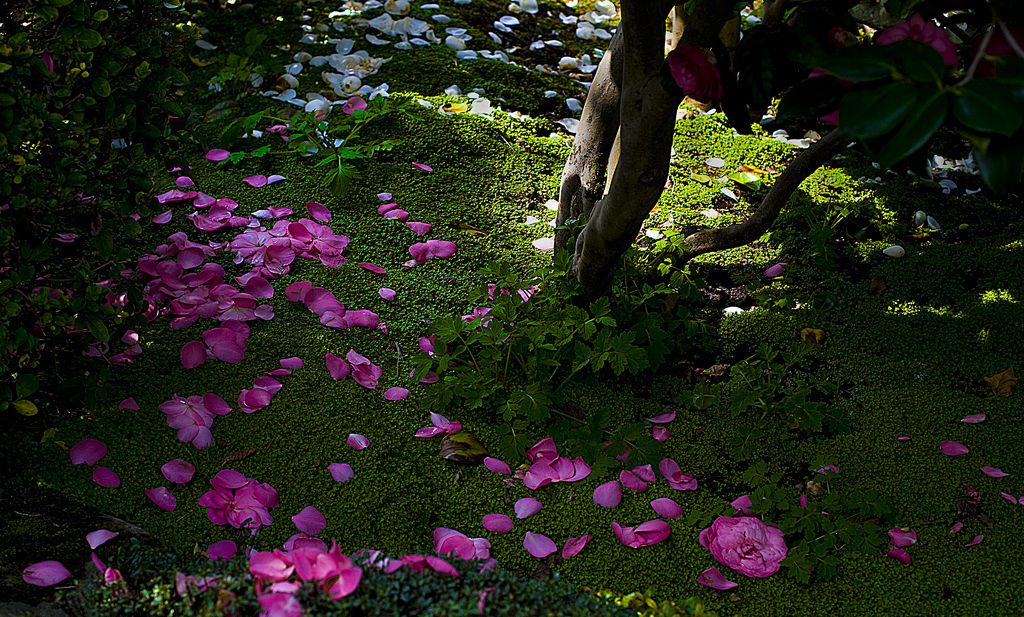
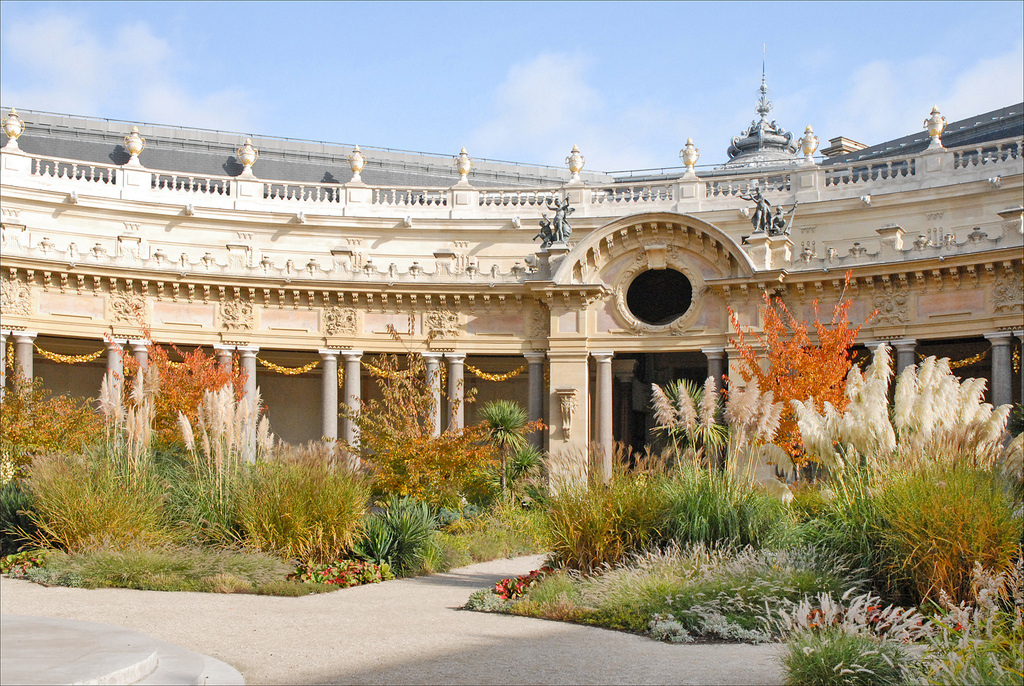
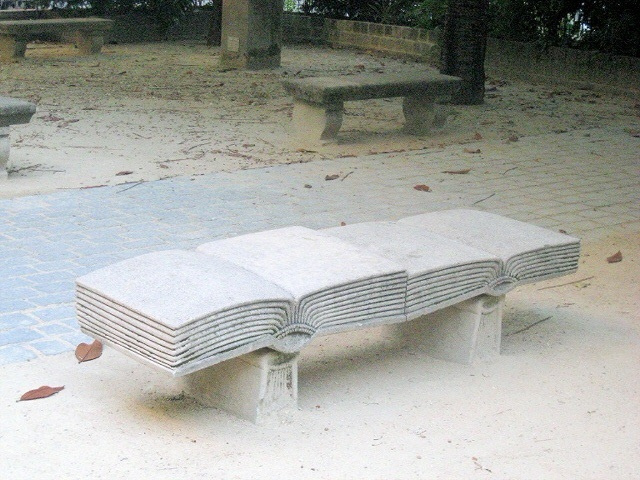
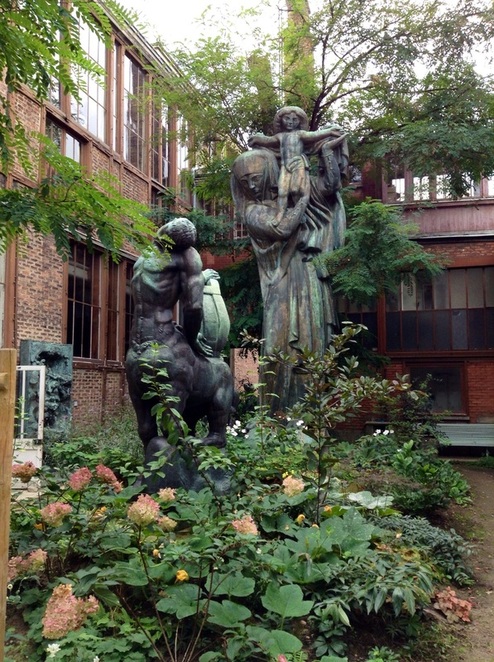
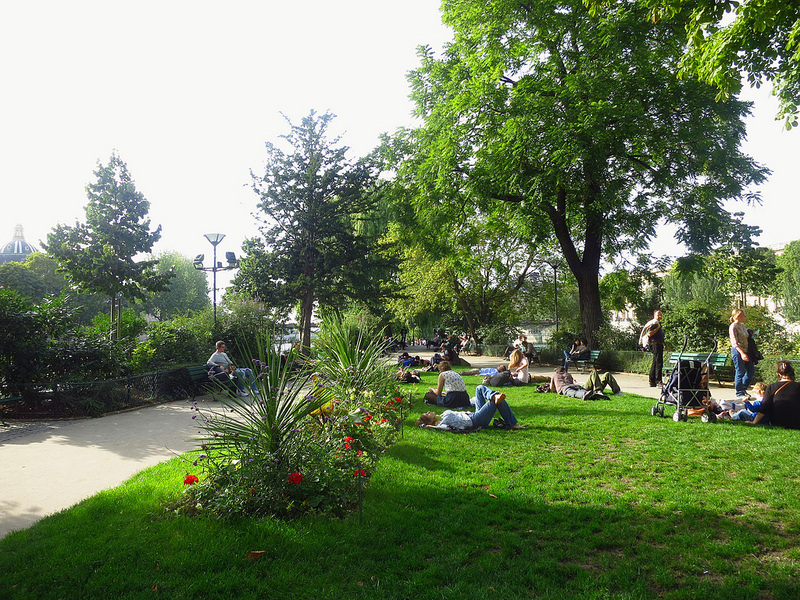
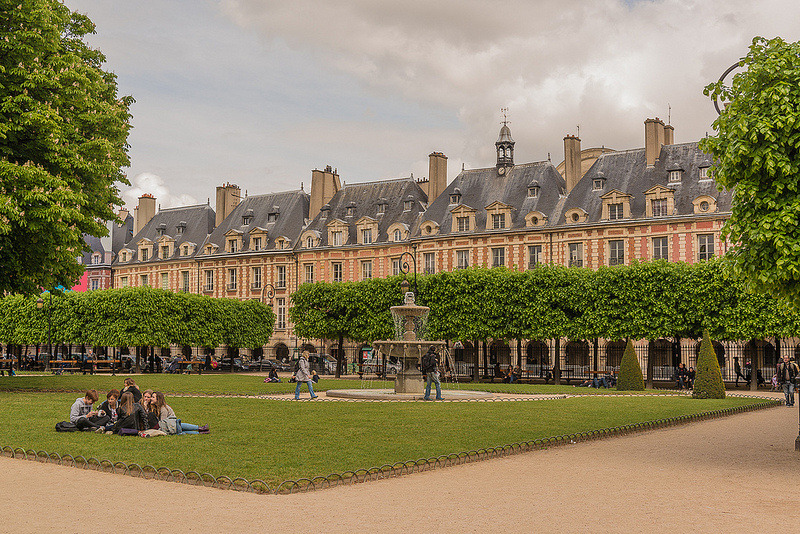
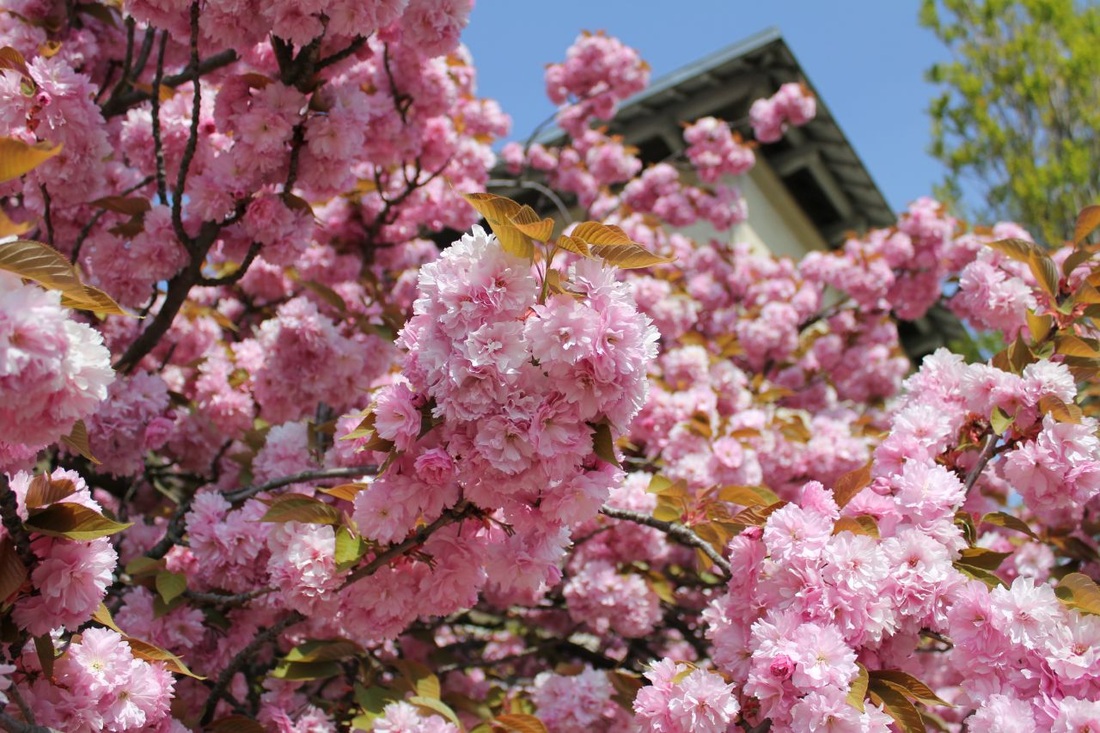
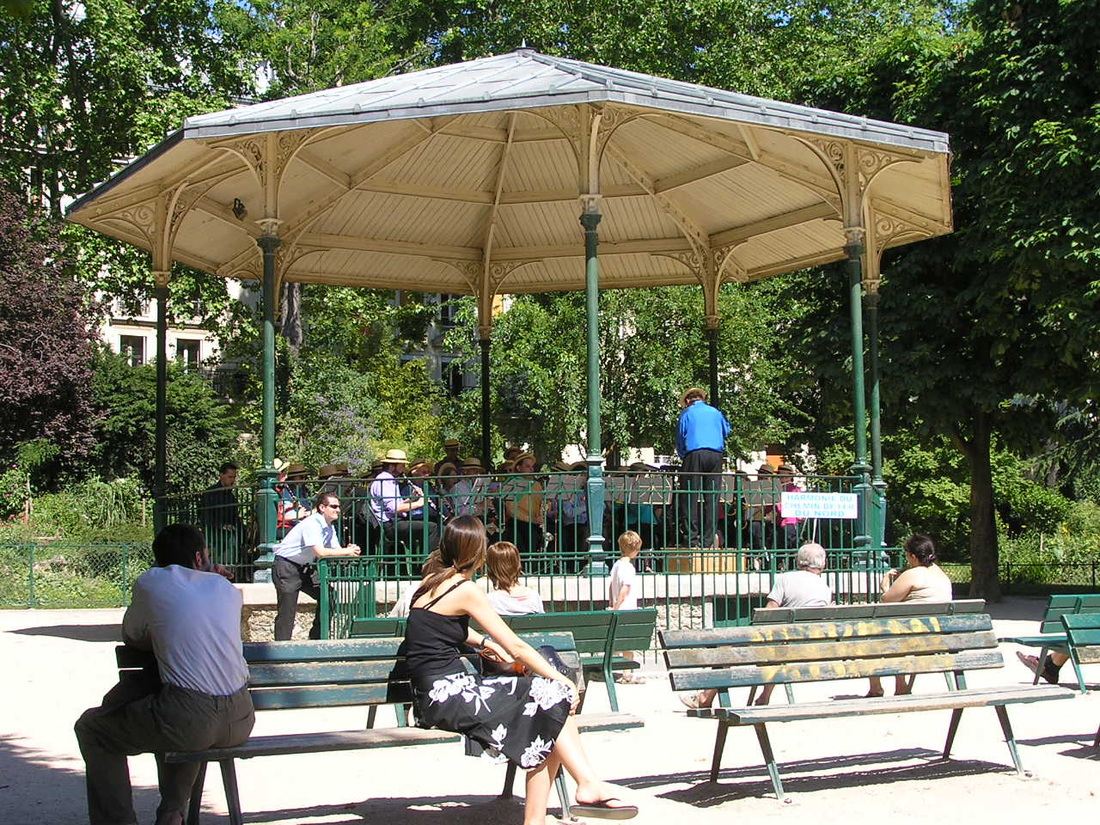
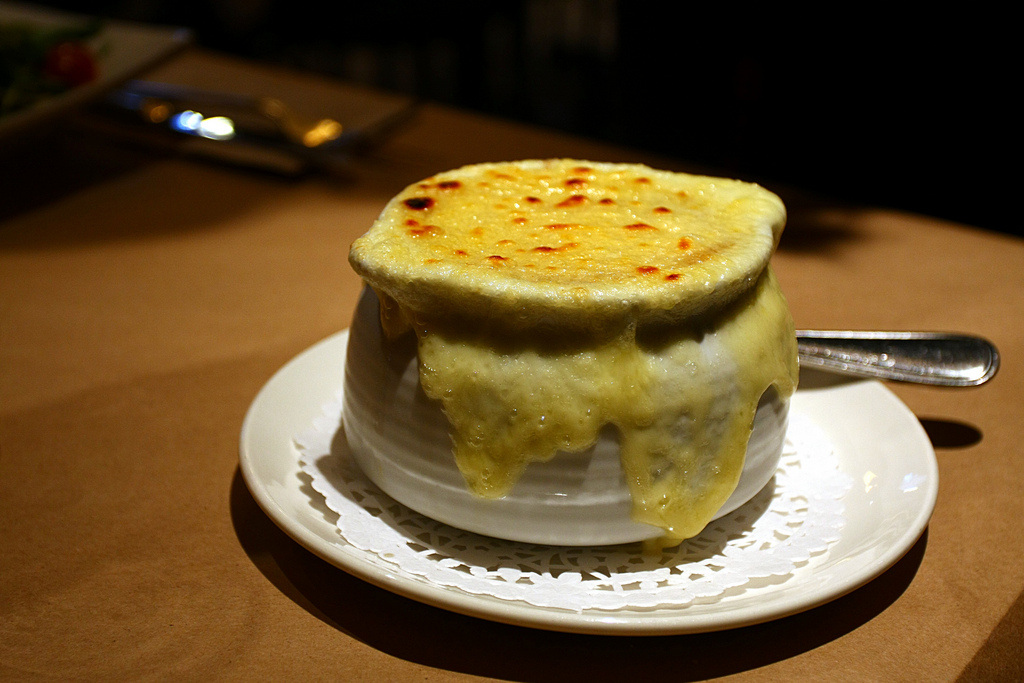
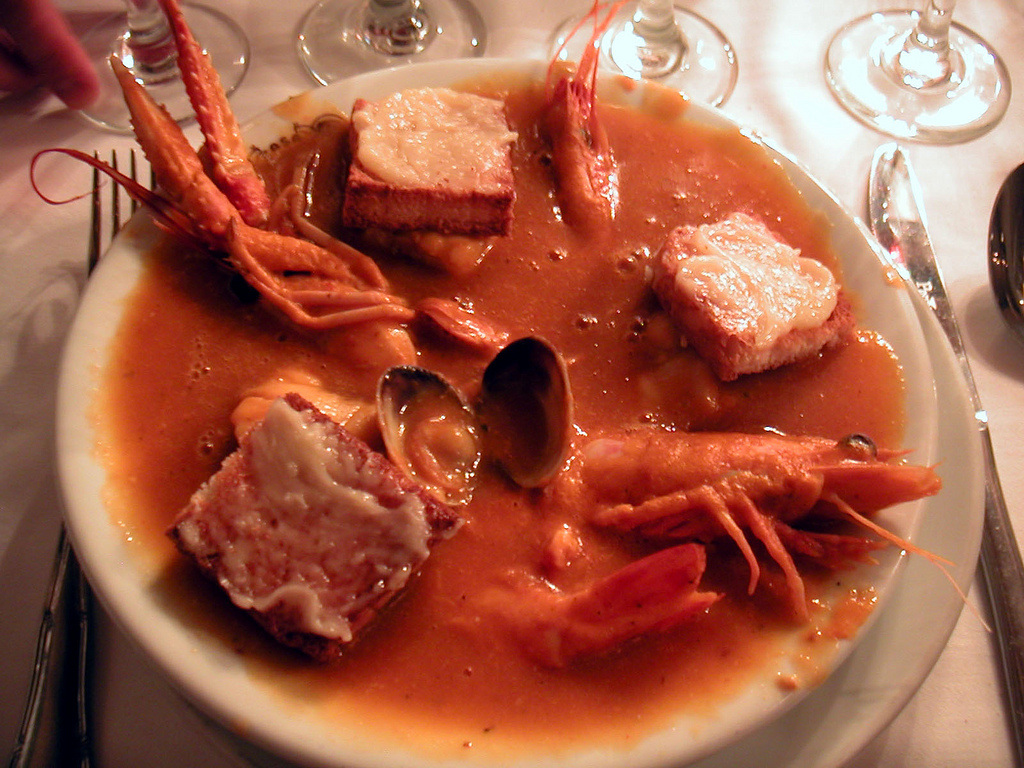
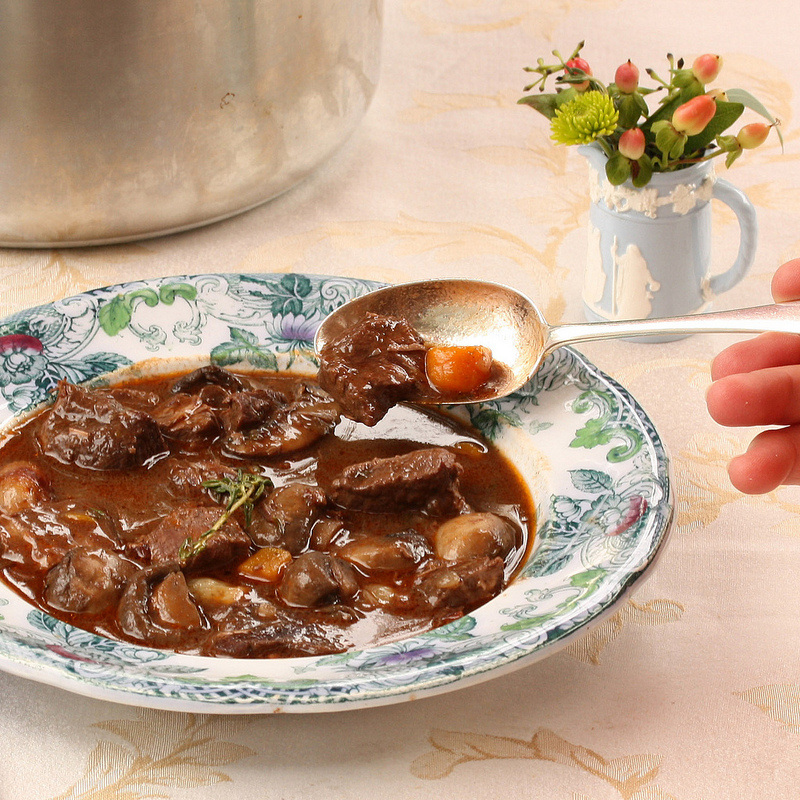
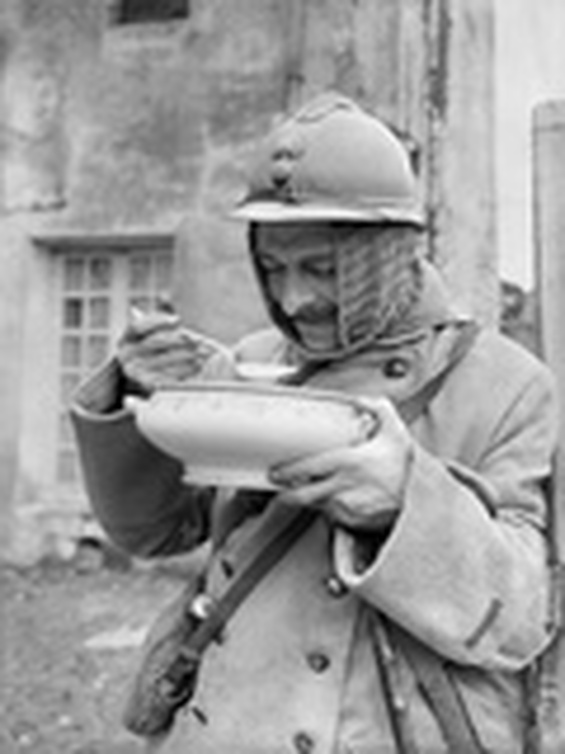
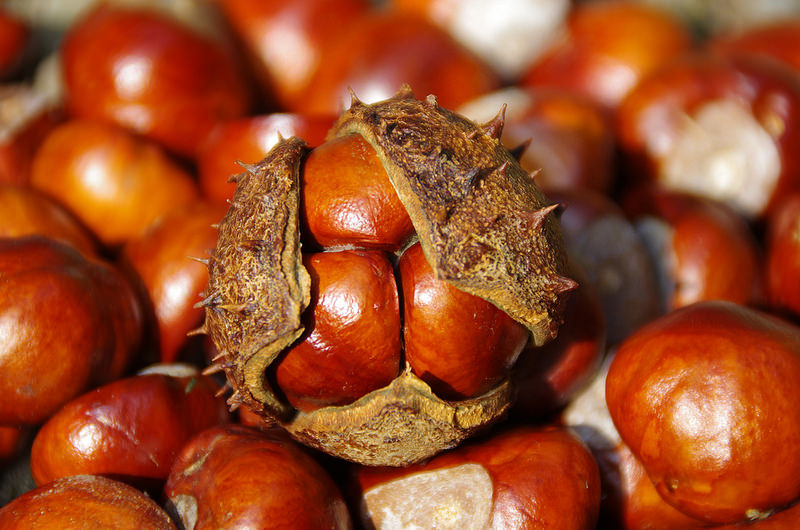
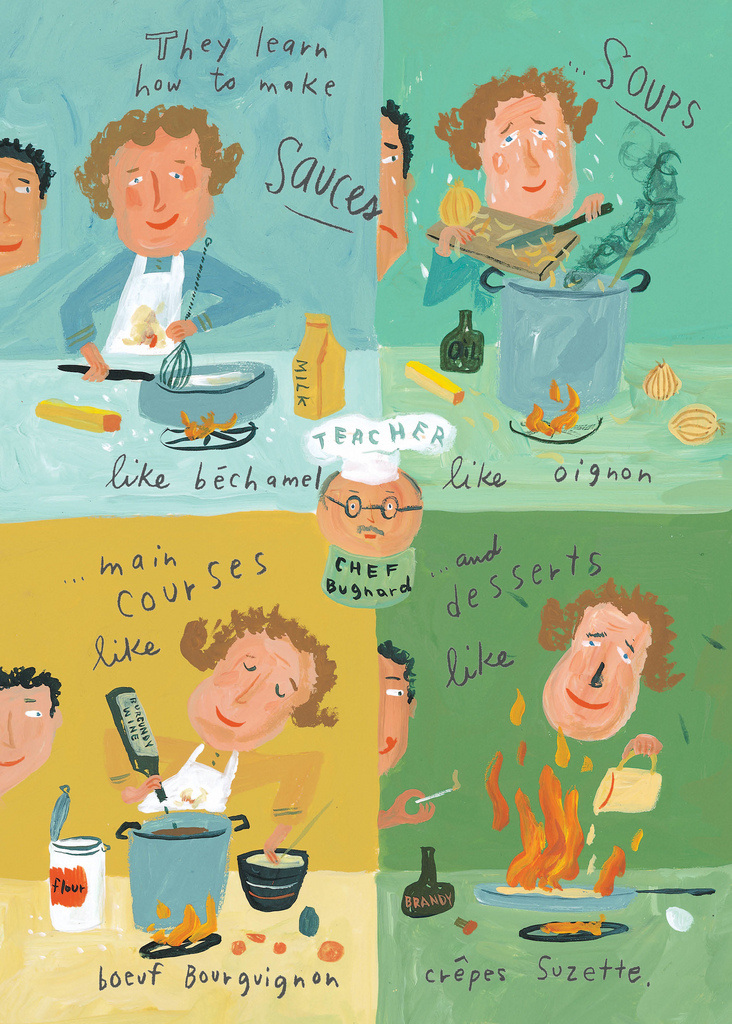
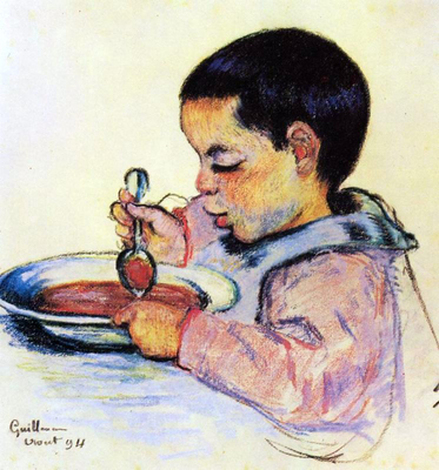
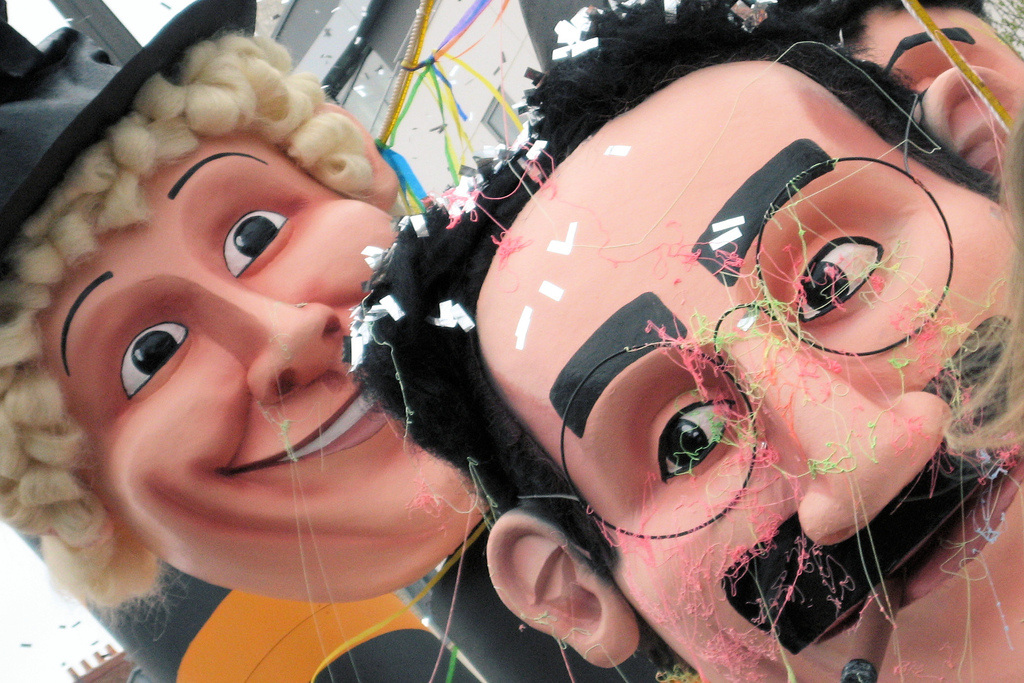
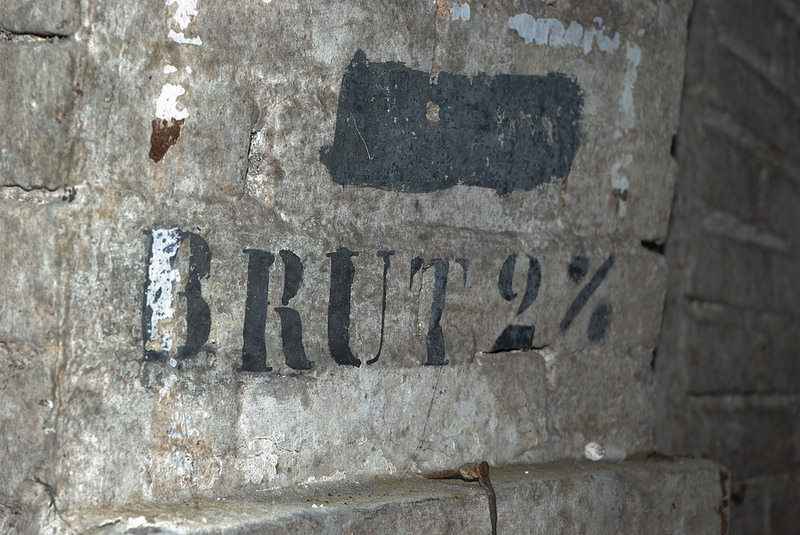
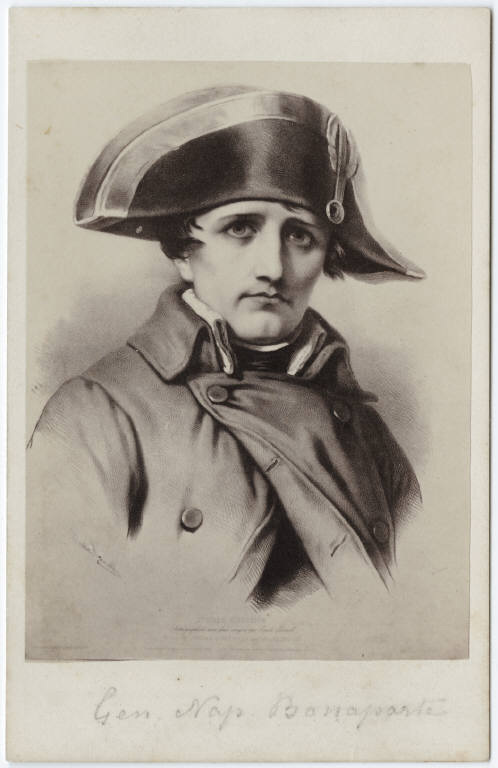
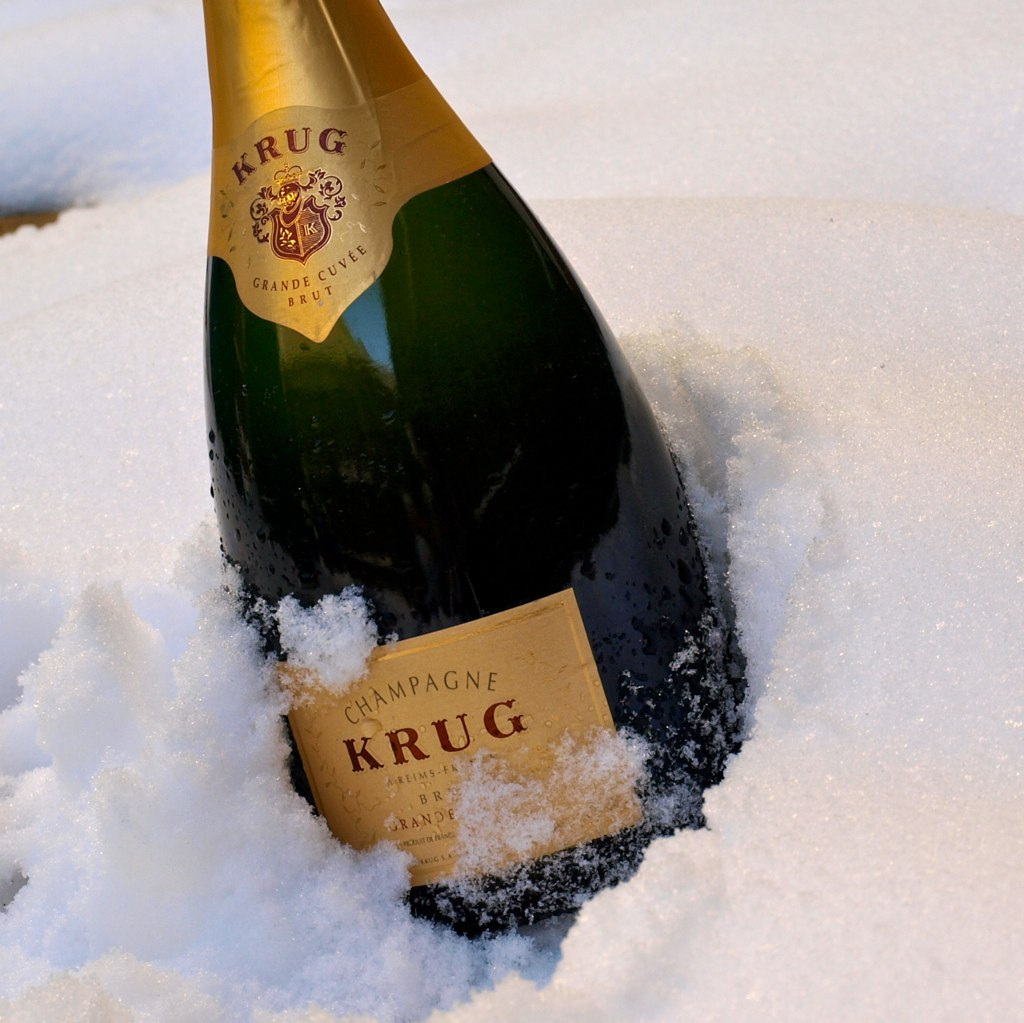
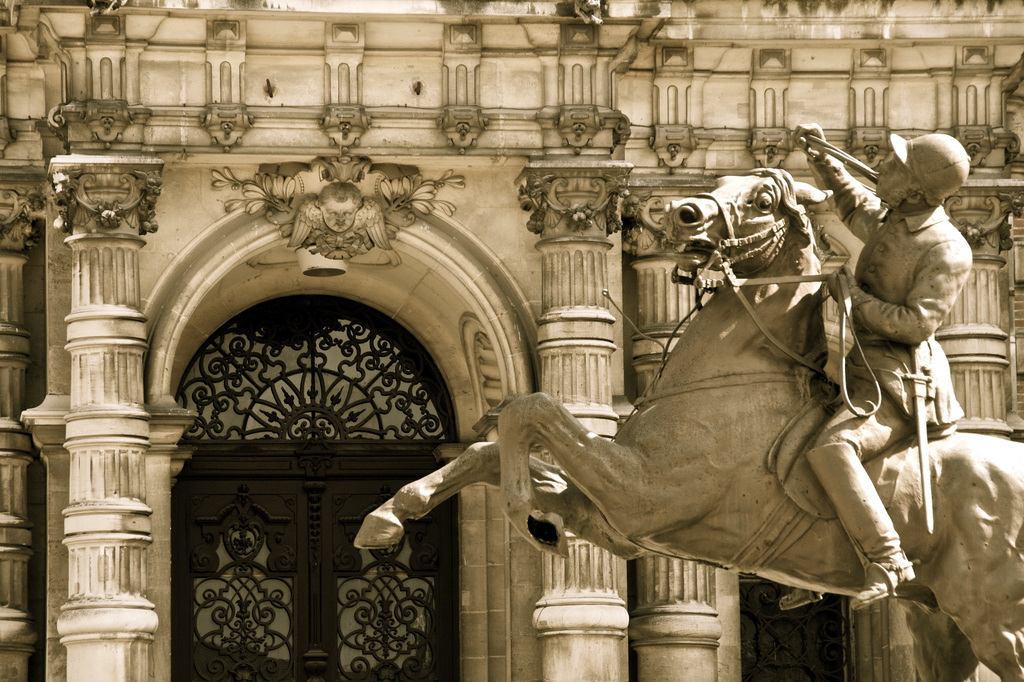
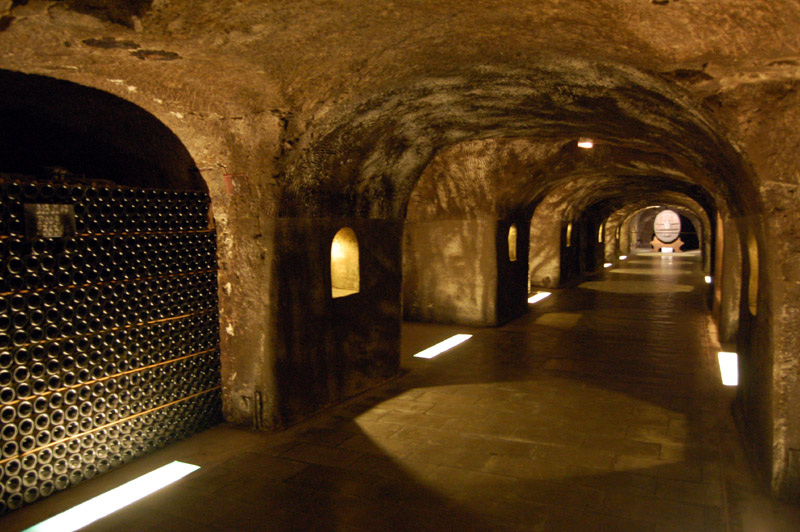
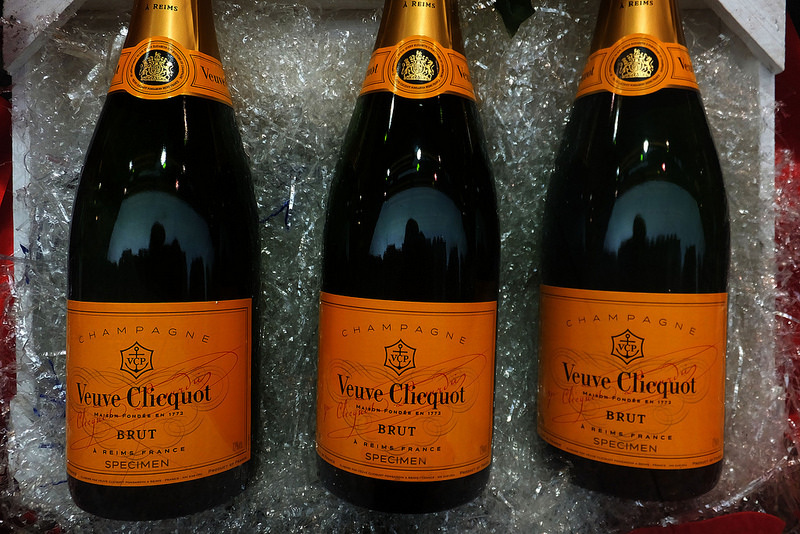

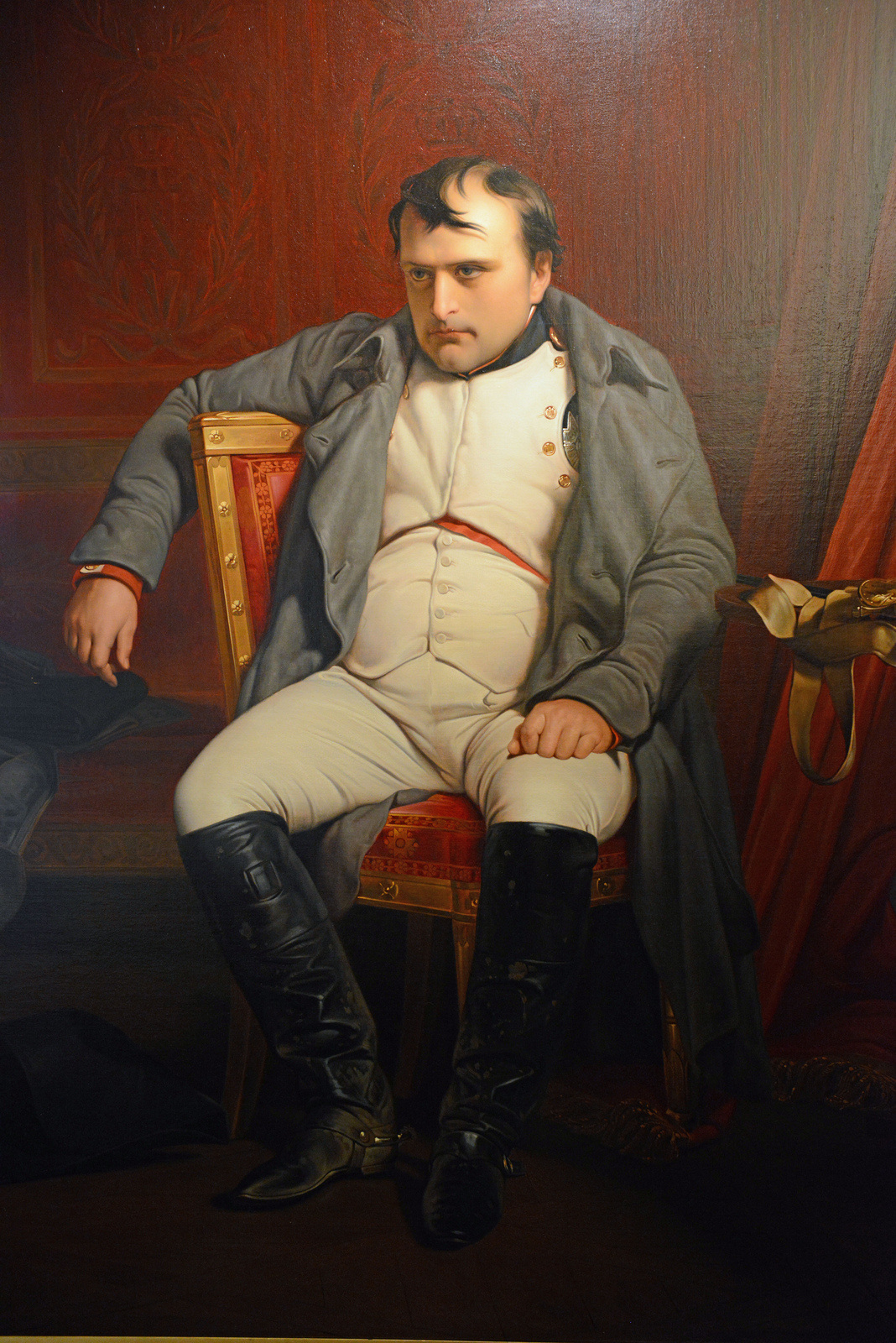
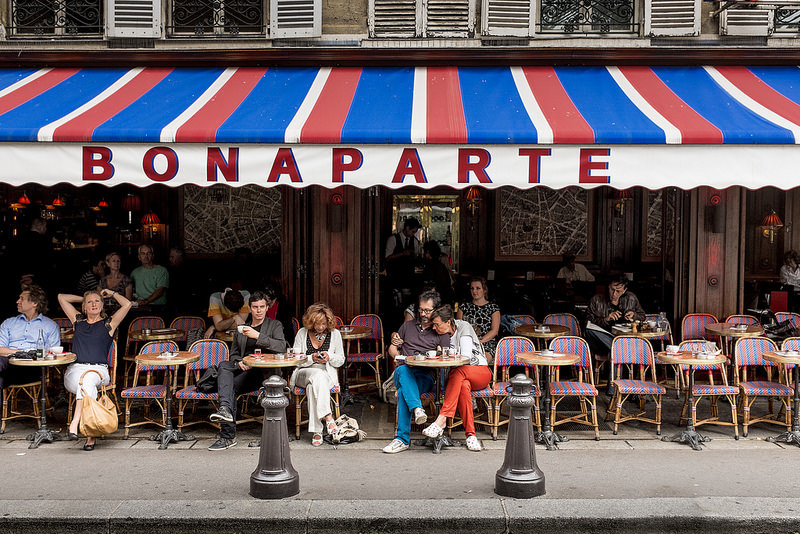
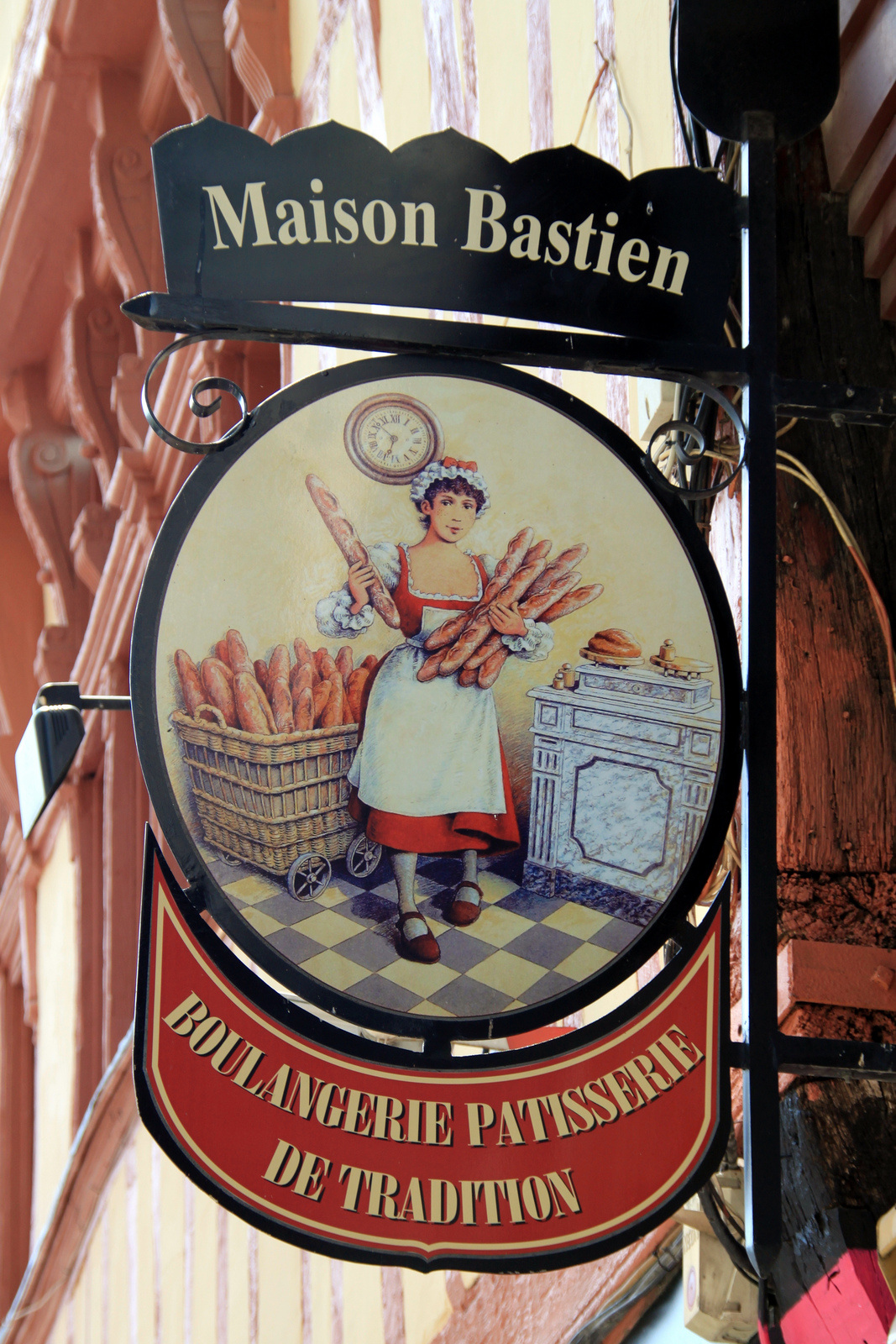
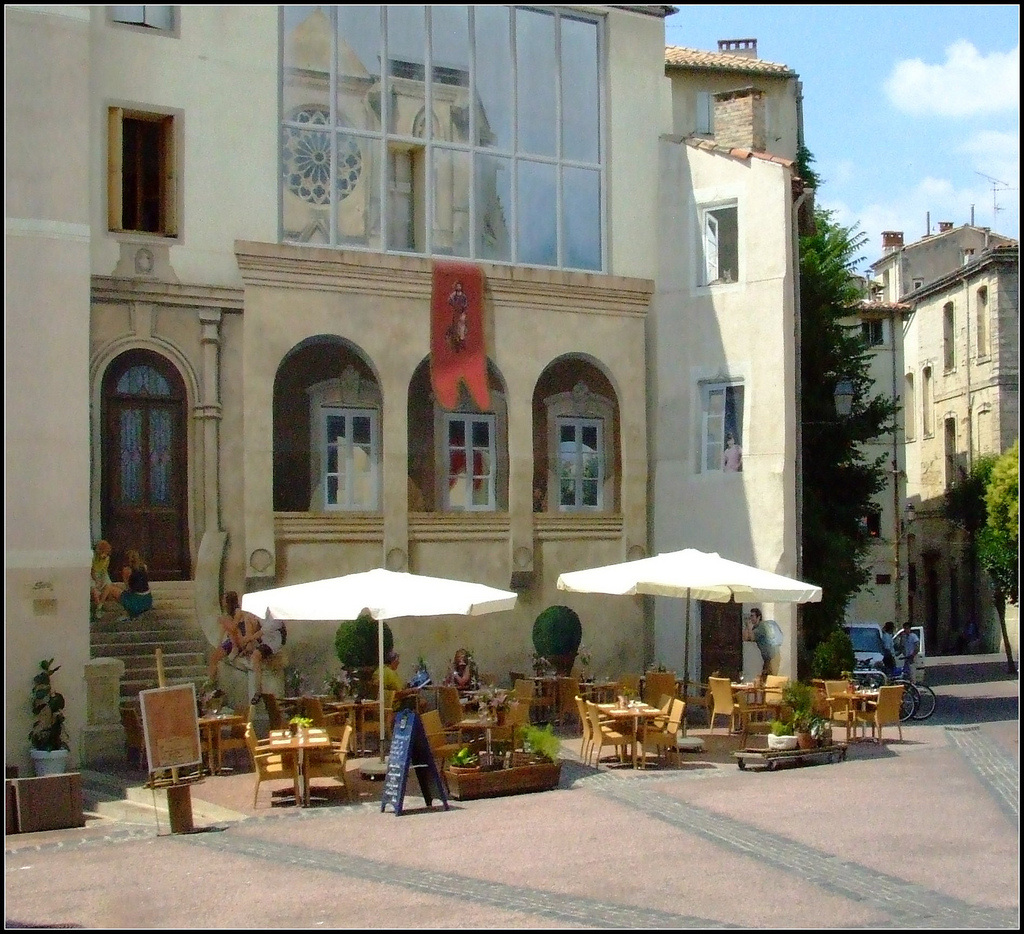
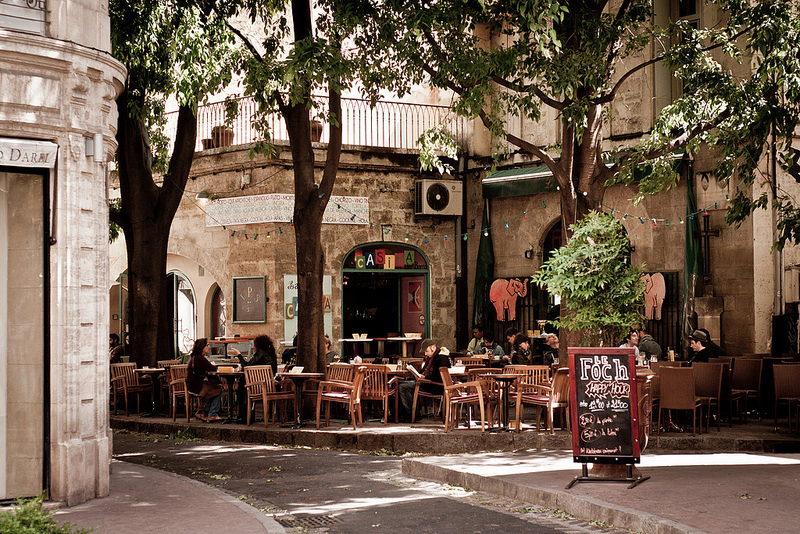
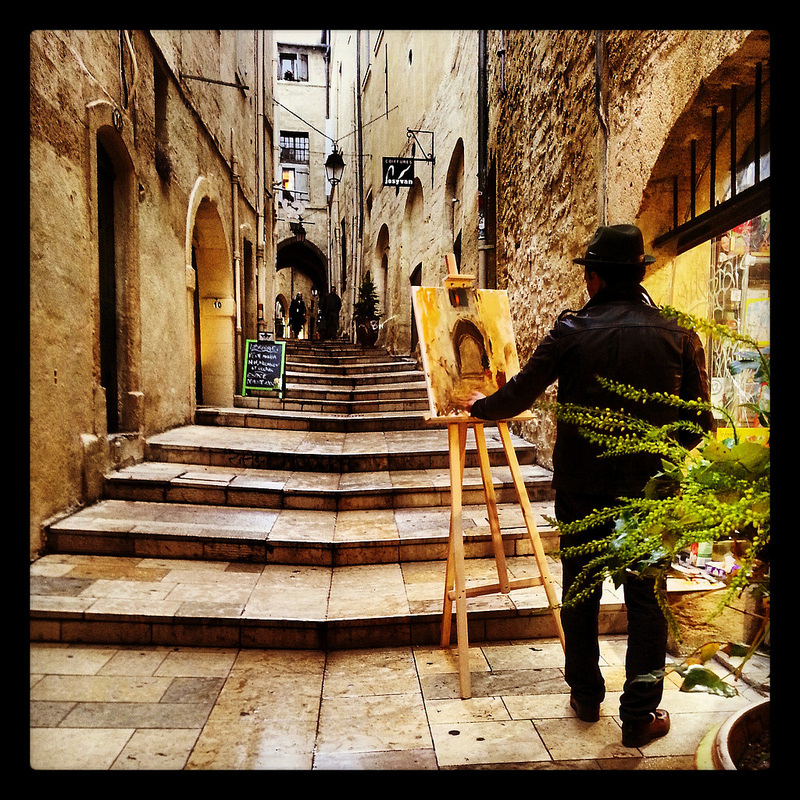
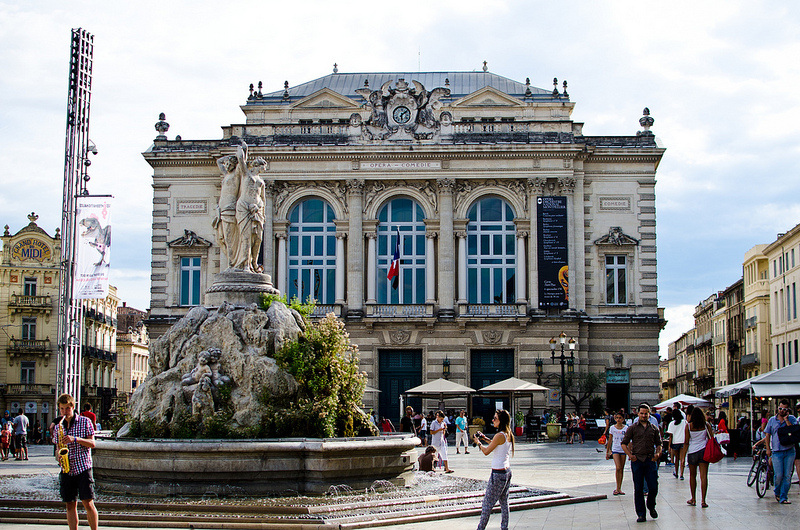
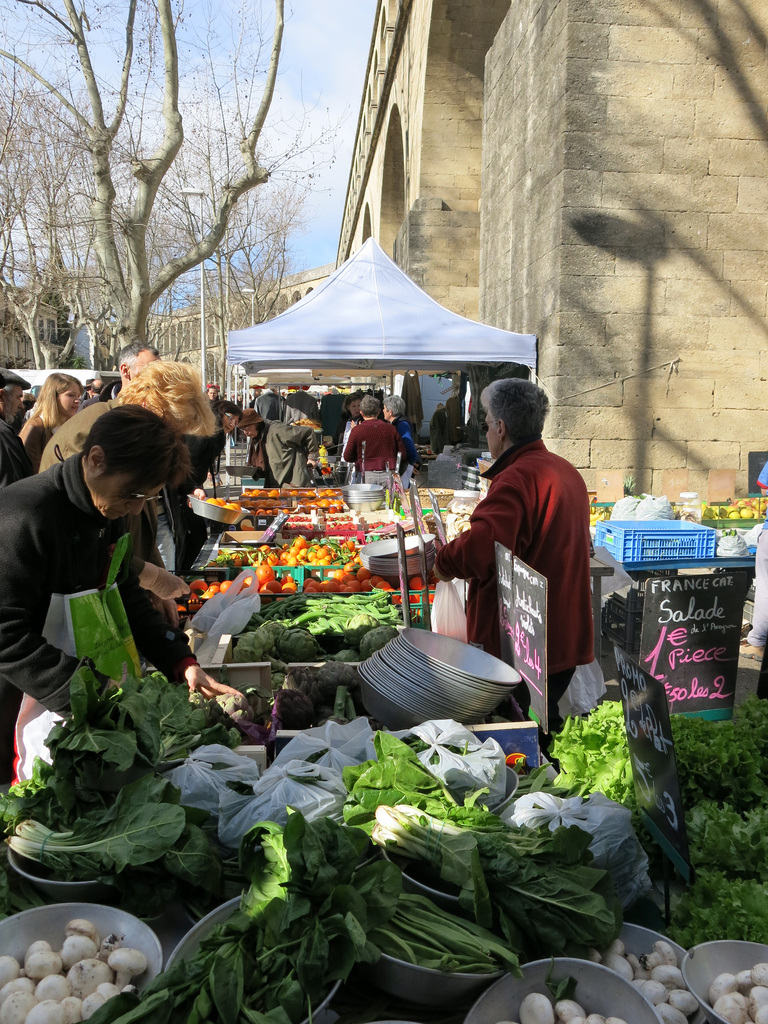
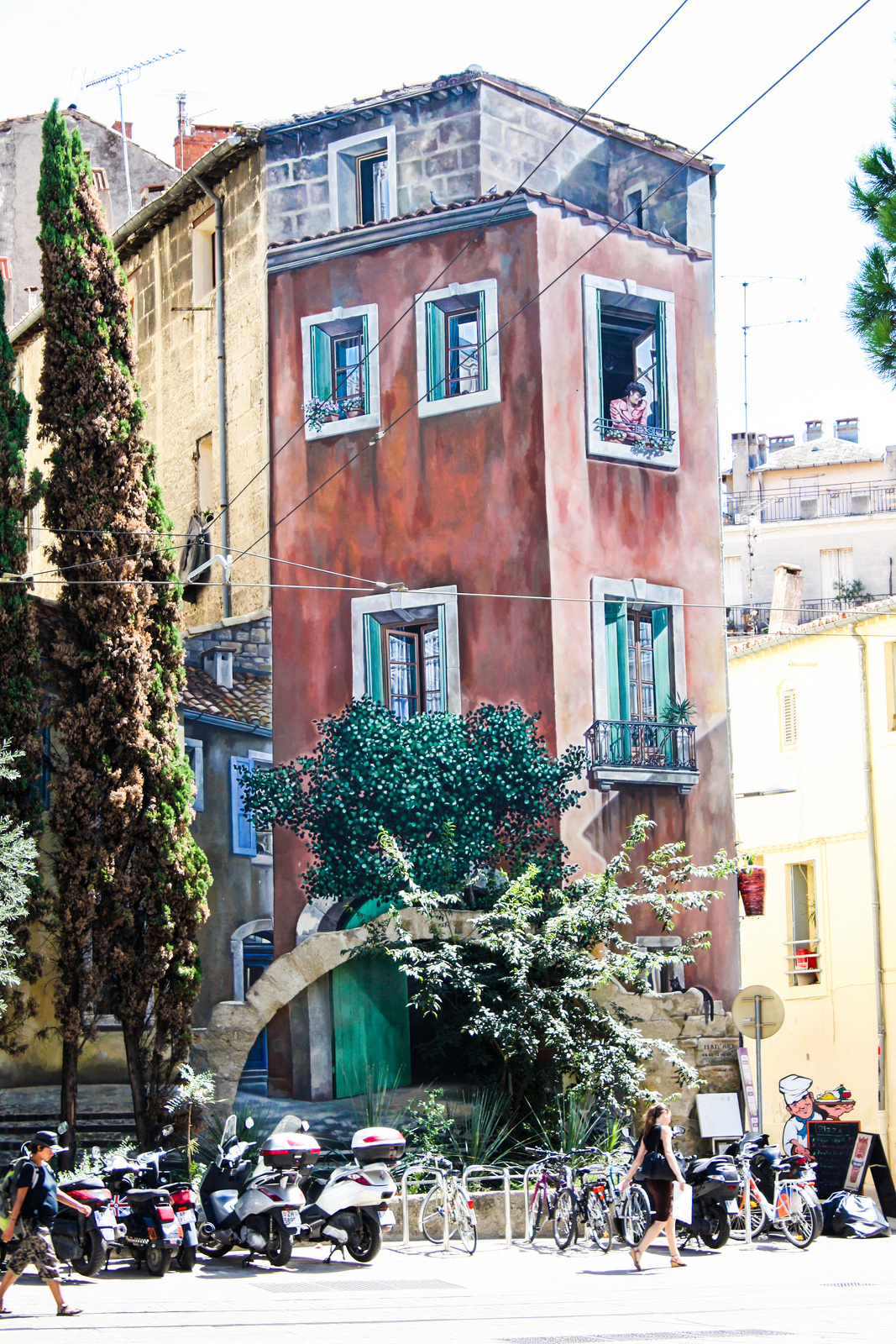
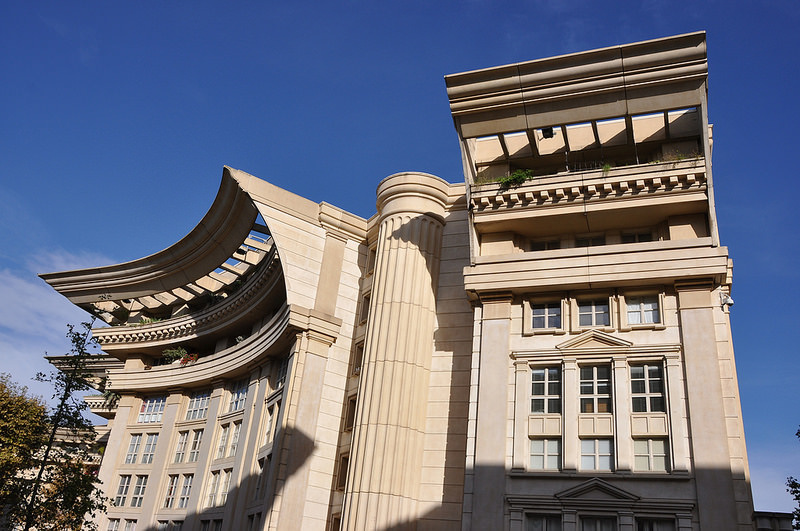
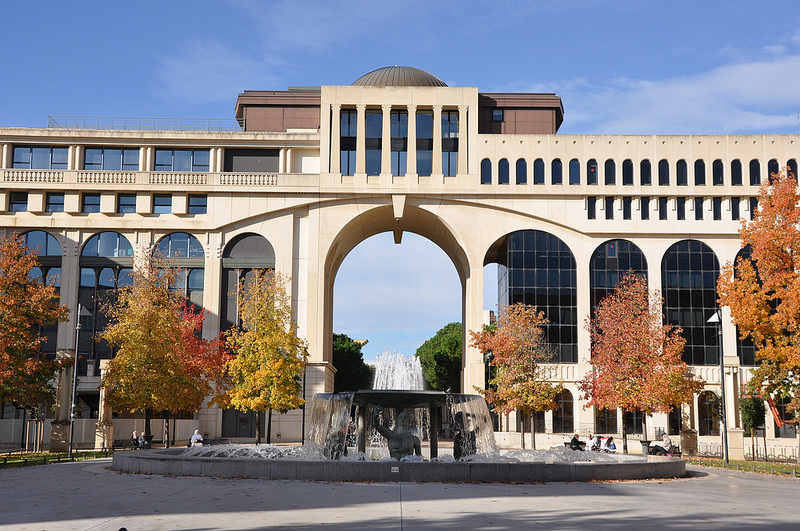
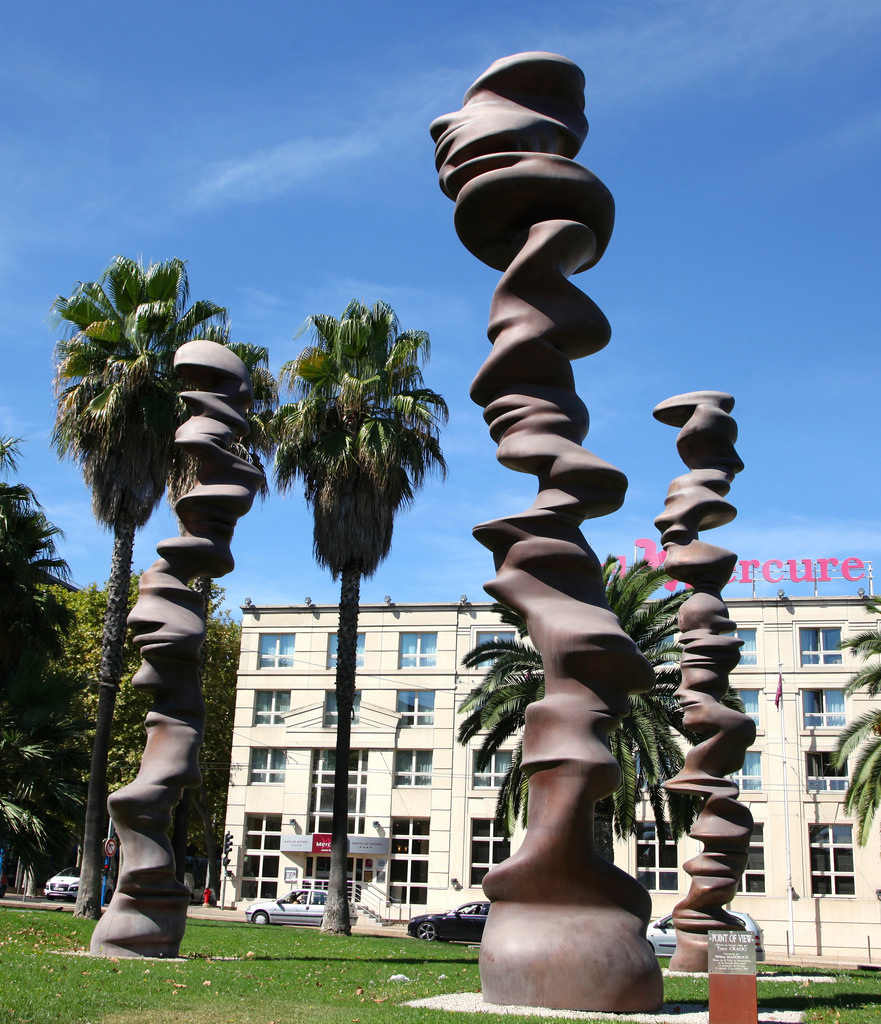

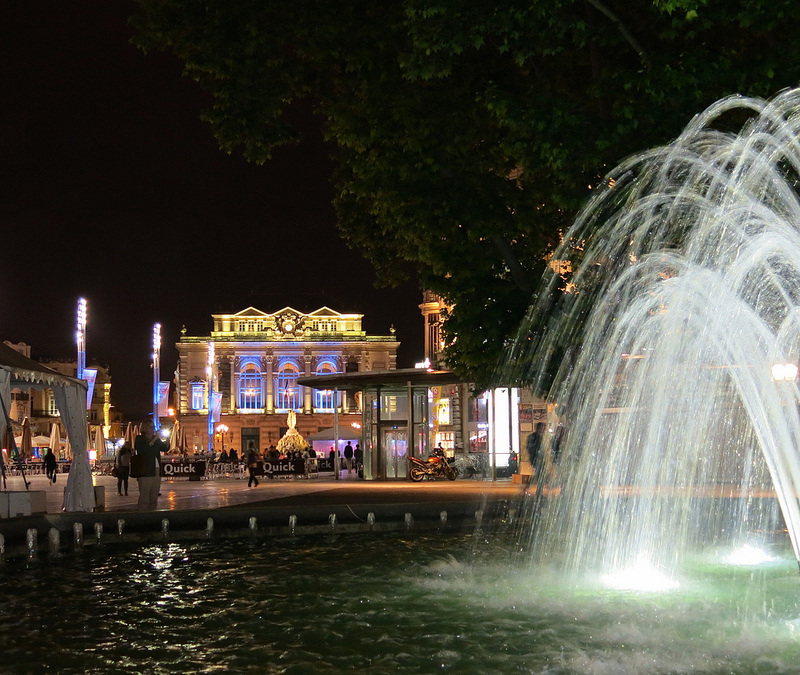
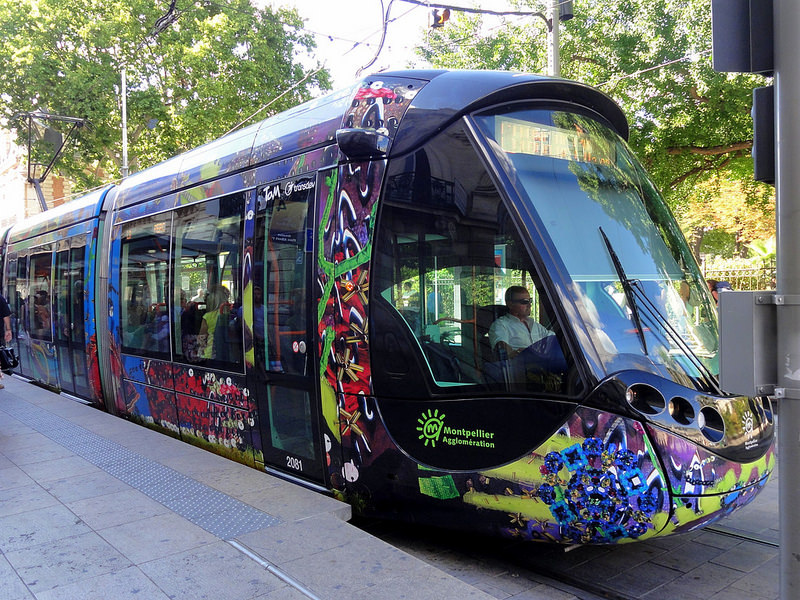
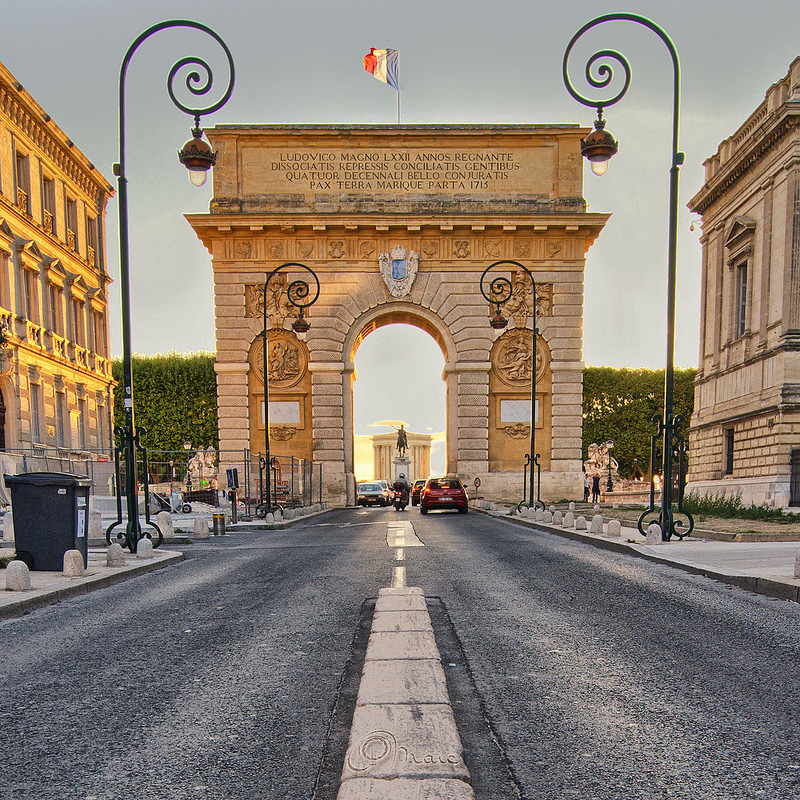
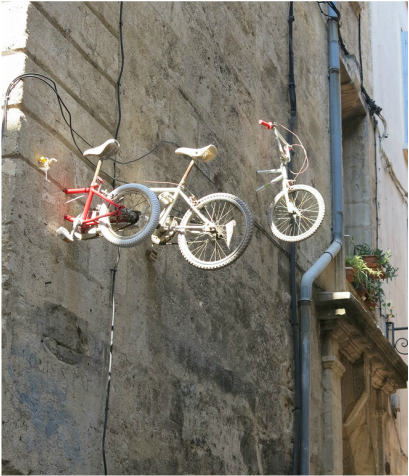
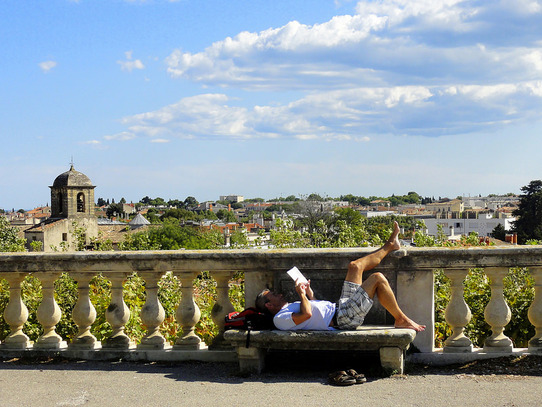
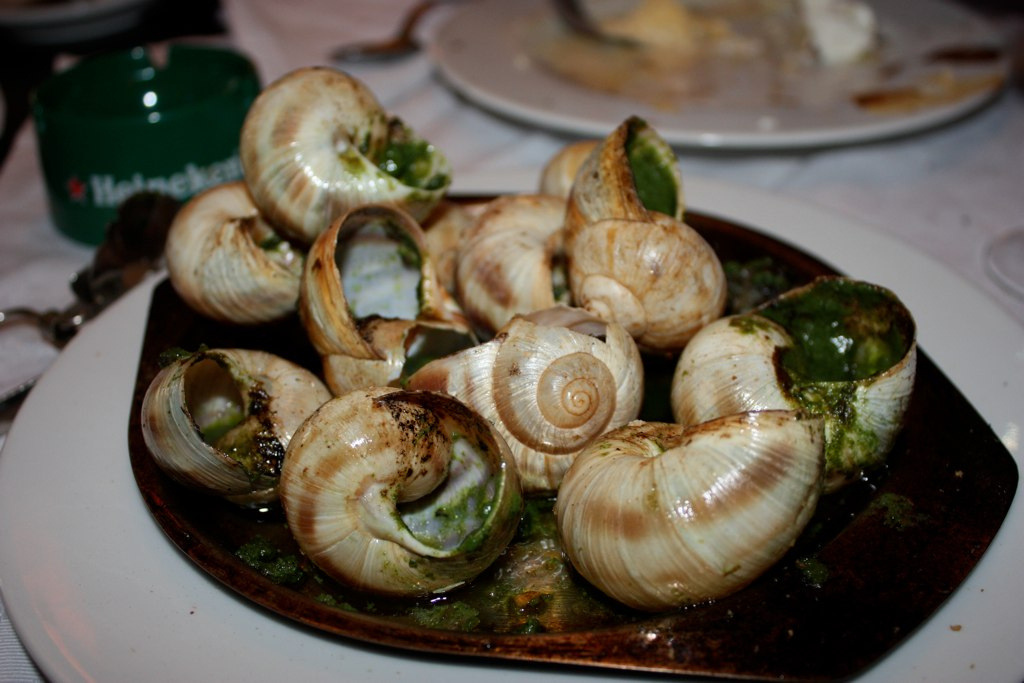
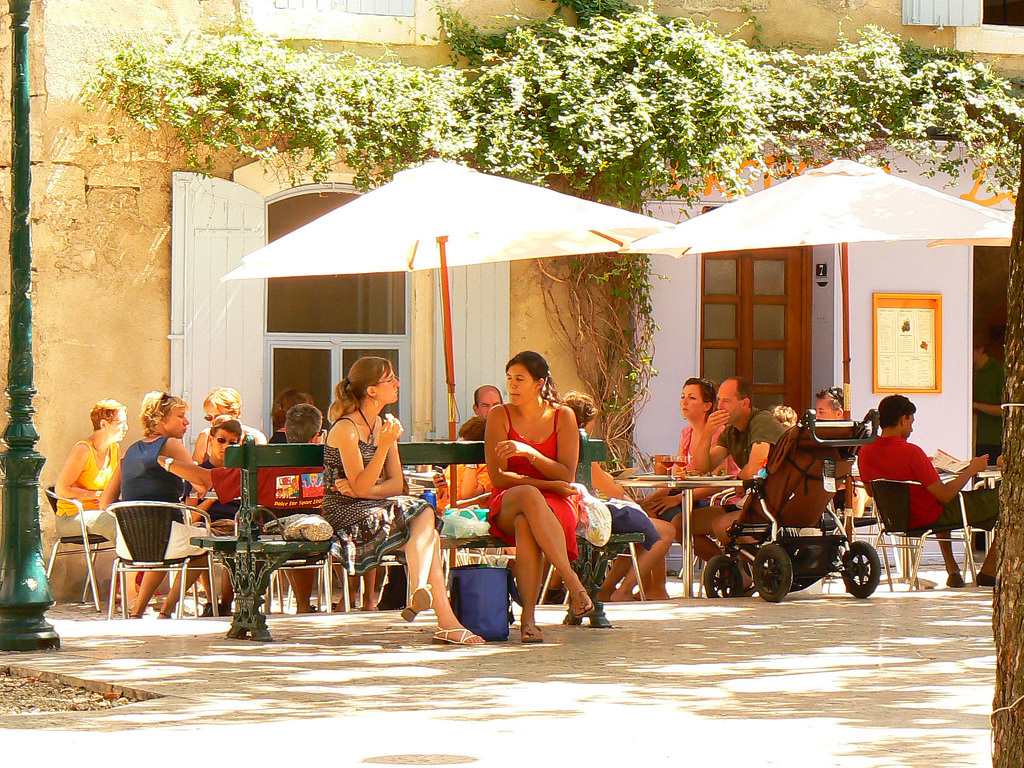
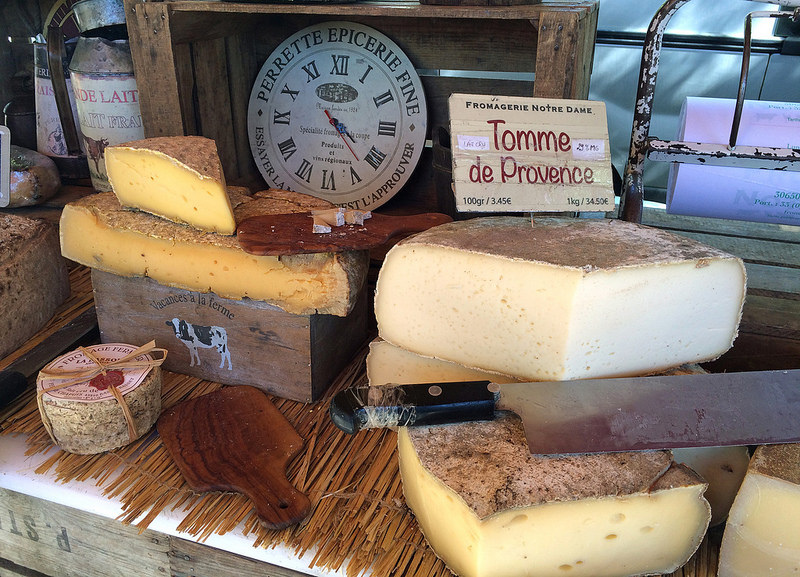
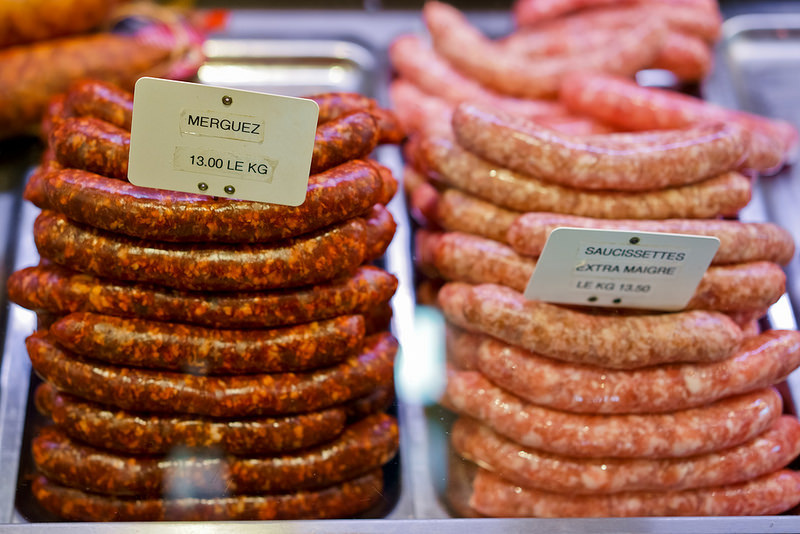
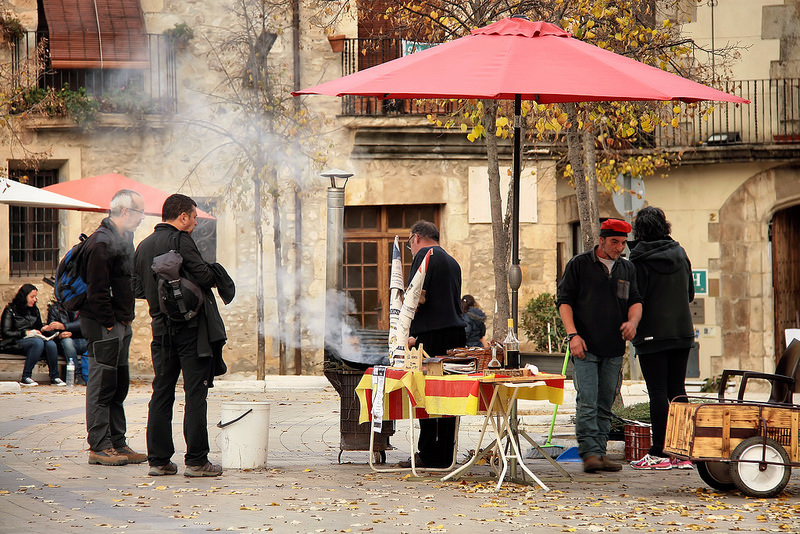
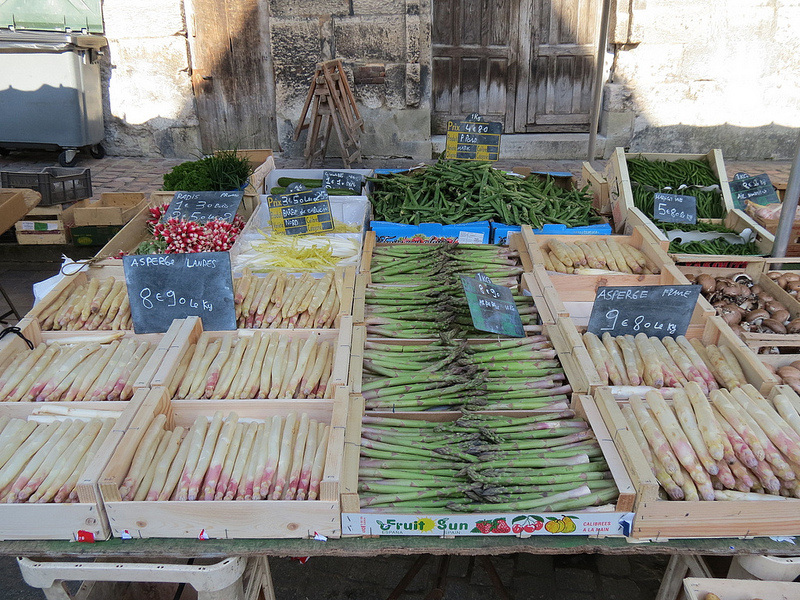
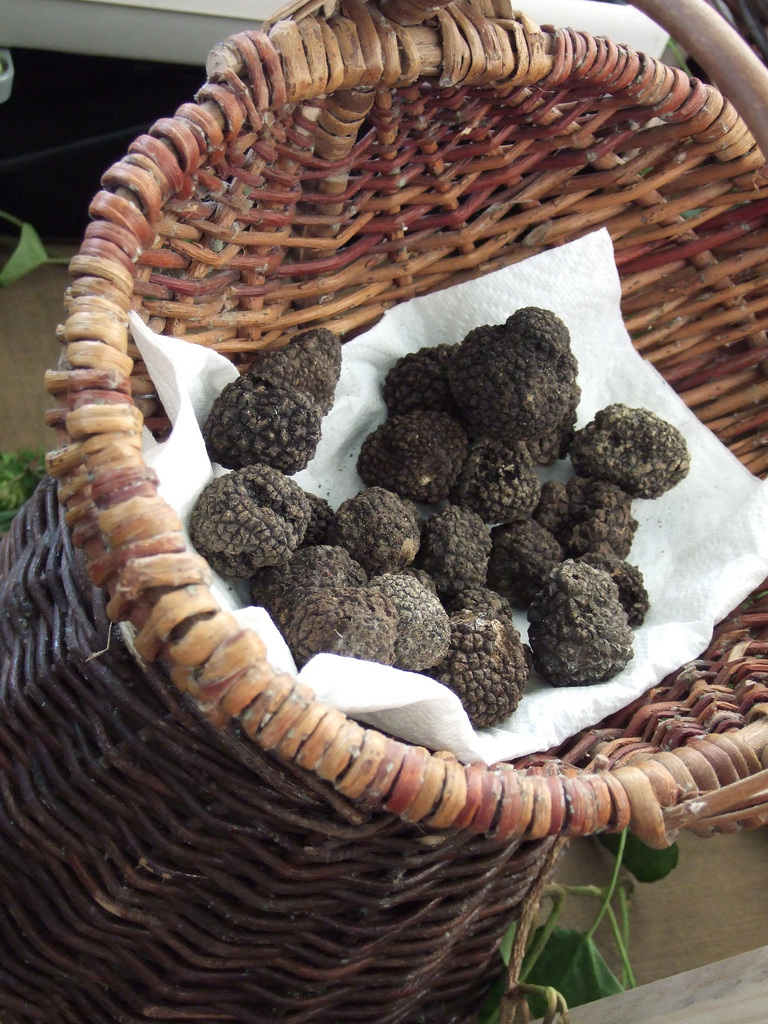
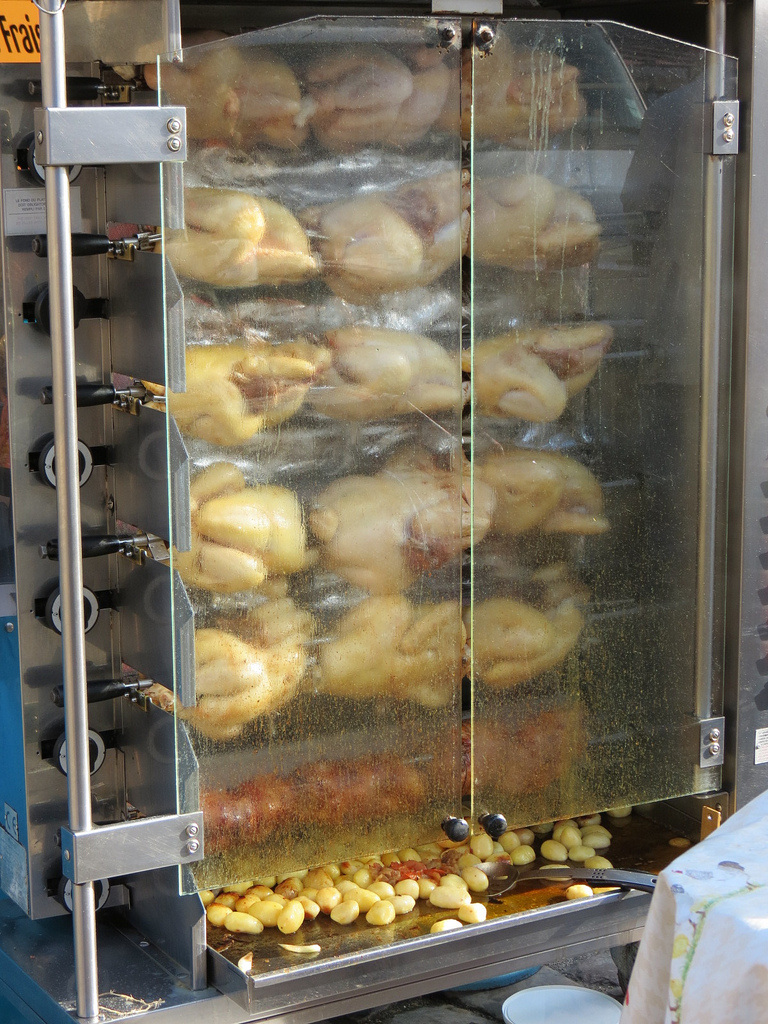
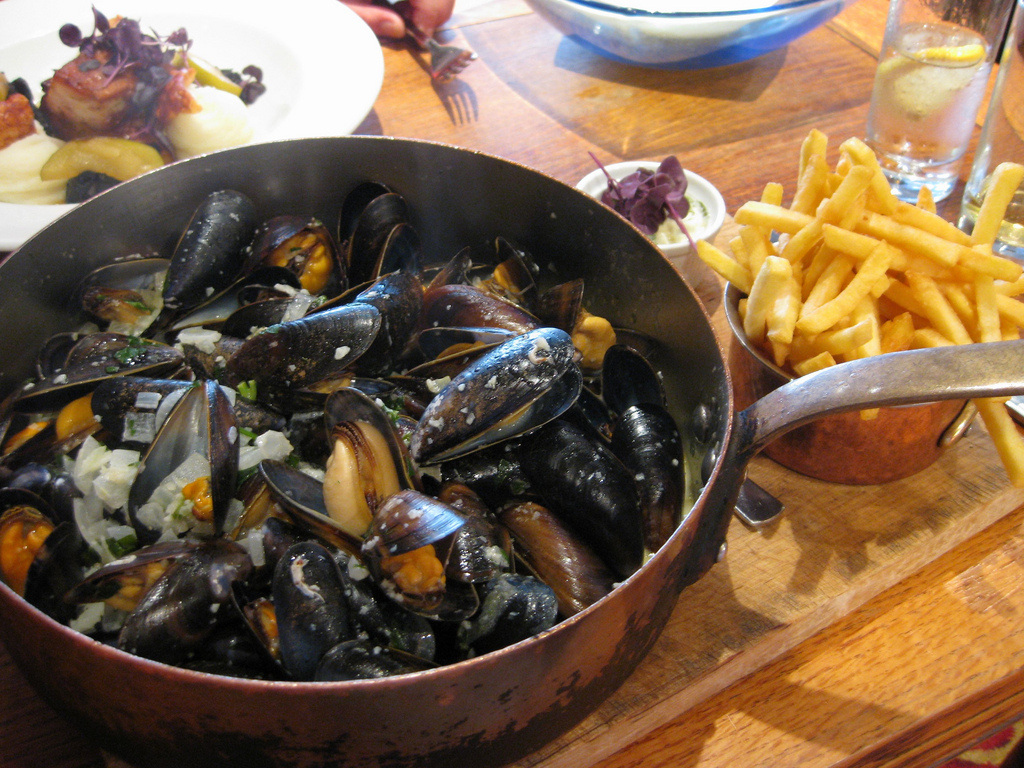


 RSS Feed
RSS Feed
